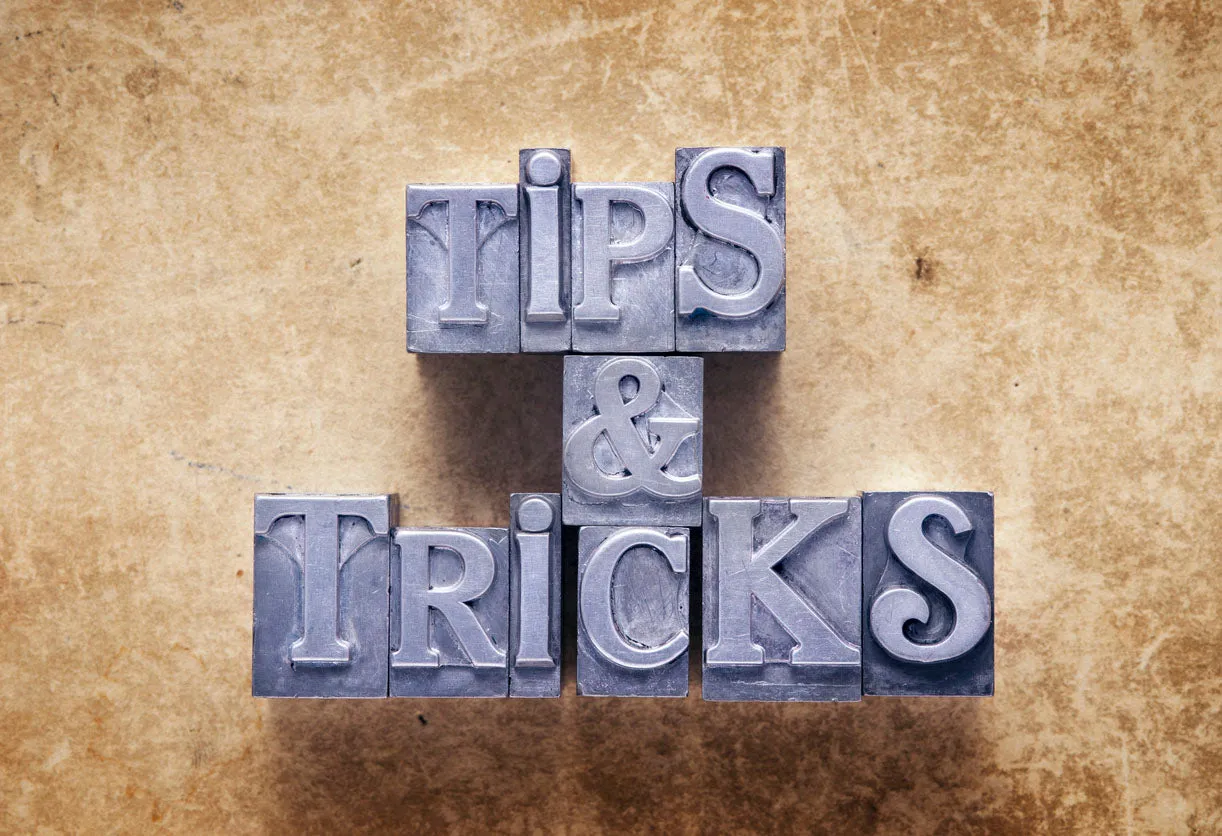Darts tip: let the math do the work

In my last darts tip, we looked at practice routines to build our platform for success by understanding the basics.
We also touched on the mental game and tricks I used to help me progress through the ranks.
I was never one for practising. Don’t get me wrong; I loved playing a few games with mates while catching up. But if I were told to practice x days a week for y time, I would do everything I could to avoid it.
But when it came to reading anything on sports psychology, biomechanics or philosophy, I wouldn’t stop pushing for more. So made the conscious decision to build a basic technique, then focus on the mental game.
The downside to this approach is you will never ultimately reach your full potential. There is no substitute for time on the board. I did enough to do what I wanted to do; I just understood a lot more aspects of the game.
So how did I avoid practising?
It was a lot easier for me at the time, as I rarely competed against people who can average 30+ day in, day out. 18 dart legs were more than good enough to be competitive a majority of the time.
I decided to let the math make the game work for me, factoring in critical elements such as pressure management and reducing darts per leg through smarter play. (benefits of counting will be a future topic)
When I wanted to make the Queensland side (State / County), I broke the game down into three (3) sections. Things I could control, things I can’t control and environmental factors.
At the time, I was averaging around 21 (63) hitting between 2-3 trebles a leg. Pegging % was exceptionally good most of the time. I just had a lot of loose darts.
What I couldn’t control
I used statistics to determine I needed an average of 23 (69) to make the last spot, based on the previous 3 years results. I couldn’t assume 23 (69) averages would still be enough to make the side, as I couldn’t control the standard of all players across the tournament.
I built a plan to average 25 (75) to cover variables in players form and ability.
What I could control
I could control how I played and responded to pressure. To do this I analyzed the top 10 players in my region and identified 7-8 walks (21-24 darts) was the standard to win most games.
The equation was Score / Desired Average Darts = target average required, or 501 divided by 20 Darts, meant I had an average of 25.05, which was well ahead of the 23 I needed to make state.
If I could stick to the 15x 60+ scores in a row consistently, it was fair to say I wasn’t missing many 20’s. This was my plan;
100, 100, 60, 60, 60, 60, 61 peg in 2 darts
501 in 20 darts = 25.05
Naturally, there are other variables in there, like teams and doubles matches where I could focus more on scoring, but I wanted to be sure the bulk of my darts in each game were within my control.
I mentioned the 15x 60+ scores in a row, but what does it look like when you start playing a straighter game?
Below is a look at some average calculations I used.

It is unrealistic to assume you will peg within 1-3 darts every time, however, 1 additional treble buys you 1 or 2 more dart at a double. The goal was to put me in the right positions to achieve better games.
It was after this I started taking stats on a number of other players, to gauge where my chance of winning matches against our elite players. To reach the top 8 averages in Australia, I was looking around the 26 (72) mark, with a majority closer to 25.
When I stepped into games with players on the fringe, I could accurately predict a number of outcomes based on their body language on the day.
A 23 average player starting with 2 tons, would have 2 – 3 scores under 60 or miss doubles. If I started with 2x 60 to follow their 2 tons, based on percentages they were going to use 15 darts still to finish the leg.
If I average 25 from 381, I will still get a chance in the legs if they take 15 darts to finish, despite being 80 behind after 6 darts. If I hit my 2 trebles after a start of 2x 60, then I will finish the game 3 darts before they will. (on average)
So now the math gives me my numbers, but also assist with understanding the game enough to limit the amount of pressure I must manage.
The last control is Environmental
I say environmental; however, it is more an all-encompassing point.
You prepare for several factors before a tournament, however, if the event or venue doesn’t meet your expectation, it can impact on your game immensely.
There are some events I played in where I was expecting quality facilities, lighting and reasonable levels of service. The experience was anything but and made for a very poor event and took the focus away from preparation.
In retrospect, I should have prepared for these scenarios and missed critical opportunities by letting environmental factors get the better of me. But in all honestly, I didn’t expect factors to be present, which means they can be present at every level.
Preparation is having a plan for whatever comes up. Obviously, you can’t prepare for everything, so learn to prepare your response to unfavourable events. Staying calm and in control is key!
I would be more than happy to answer any questions or comments on this post, leave your message below.
Raymond Smith




%2520(1).webp)

.webp)